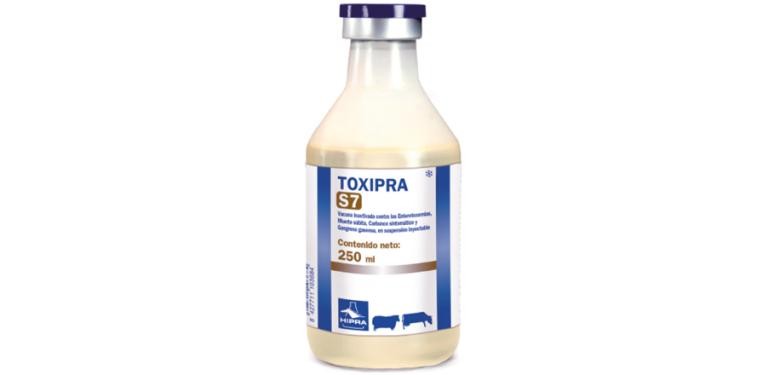The Ovine Respiratory Complex (ORC) is one of the most common health problems and one of the main sources of economic losses on the small ruminant farms. It is a multifactorial disease that involves host and environment factors.
The main pathogen of the ORC is Mannheimia haemolytica, a member of the Pasteurellaceae family of bacteria. It is the most isolated bacteria in cases of respiratory disease and is an important cause of death in lambs, reduced growth, and condemnations in abattoirs.
M. haemolytica is an opportunistic bacterium that gains access to the lungs when the defences of the animal are compromised due to stress factors or viral infections. It is believed that the pathogenesis occurs when some of these factors decrease the effectiveness of the mucociliary barrier and resident macrophages, facilitating the colonisation and proliferation of M. haemolytica from the upper to the lower respiratory tract via inhalation. An inflammatory reaction is caused in the lung due to the active multiplication of the bacteria, and the release of some virulence factors results in the characteristic pattern of fibrinous bronchopneumonia.
M. haemolytica contains numerous virulence factors among which are the leukotoxin (LtxA), lipopolysaccharide (LPS), outer-membrane proteins (OMPs), iron regulatory proteins (IRPs), fimbriae, polysaccharide capsule, adhesins and antibiotic resistance-carrying plasmids. Of these, the LtxA has been widely recognised in the literature as the virulence factor that most contributes to the pathogenesis of the disease. It mediates the infiltration of the bacterium and the destruction of neutrophils and macrophages, which impairs the bacterial clearance mechanism and contributes to the development of the above-mentioned lung lesions.
In sheep and goats, the majority of antibiotics are used for respiratory problems; although they are not always as effective as expected because of diagnostic difficulties, treatment protocols and the development of antimicrobial resistance. Prevention of infections with this bacterium requires effective vaccines together with improved management practices. Bacterin-based vaccines have been described as ineffective in numerous publications.
Studies describe that anti-leukotoxin neutralising antibodies offer effective protection against M. haemolytica. Vaccines containing the leukotoxoid, had shown very good results in reducing mortality and clinical signs and increase average daily weight of lambs. For that reason, these vaccines are a good option to prevent and control ORC and should be included in the vaccination programme of the farms.



























